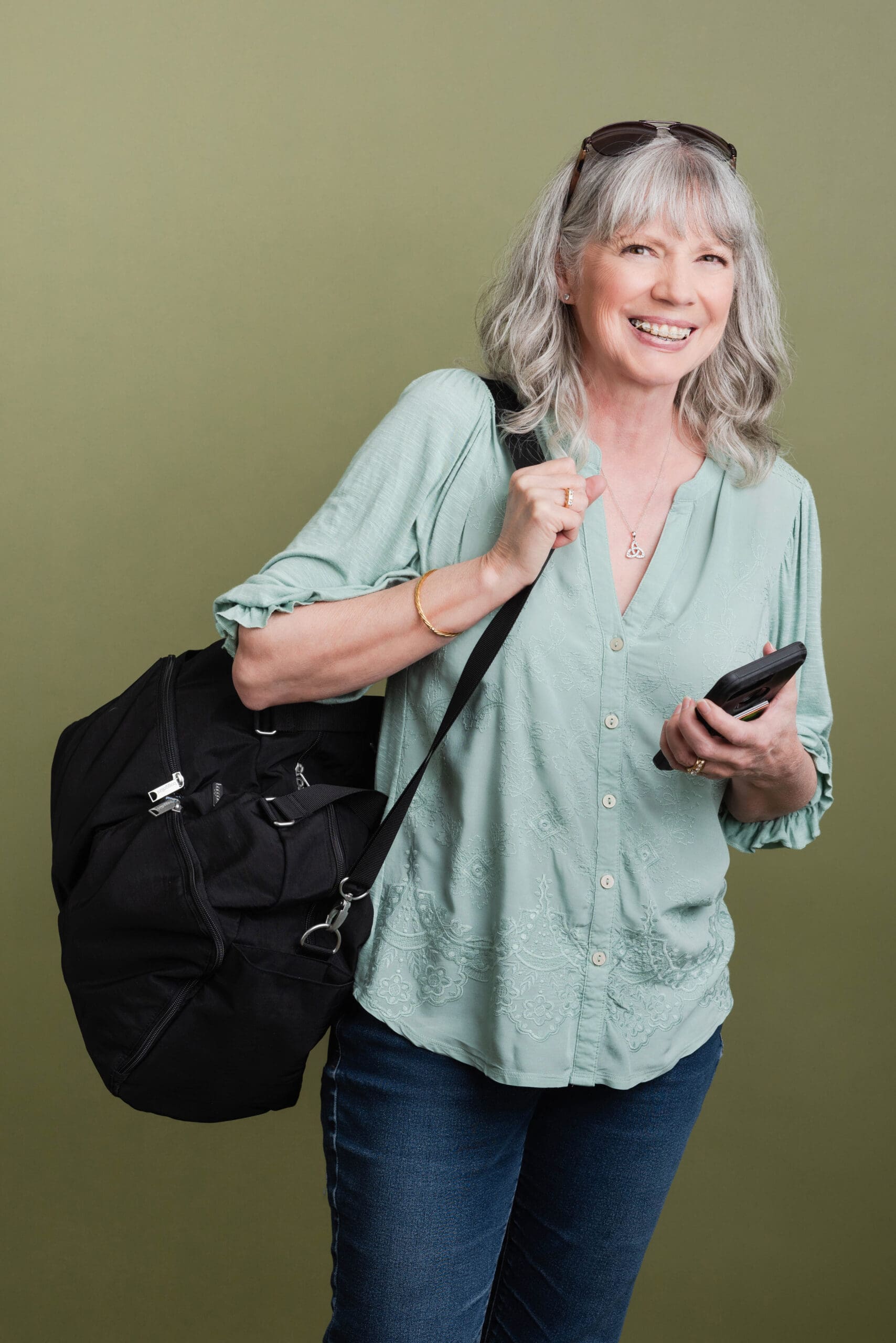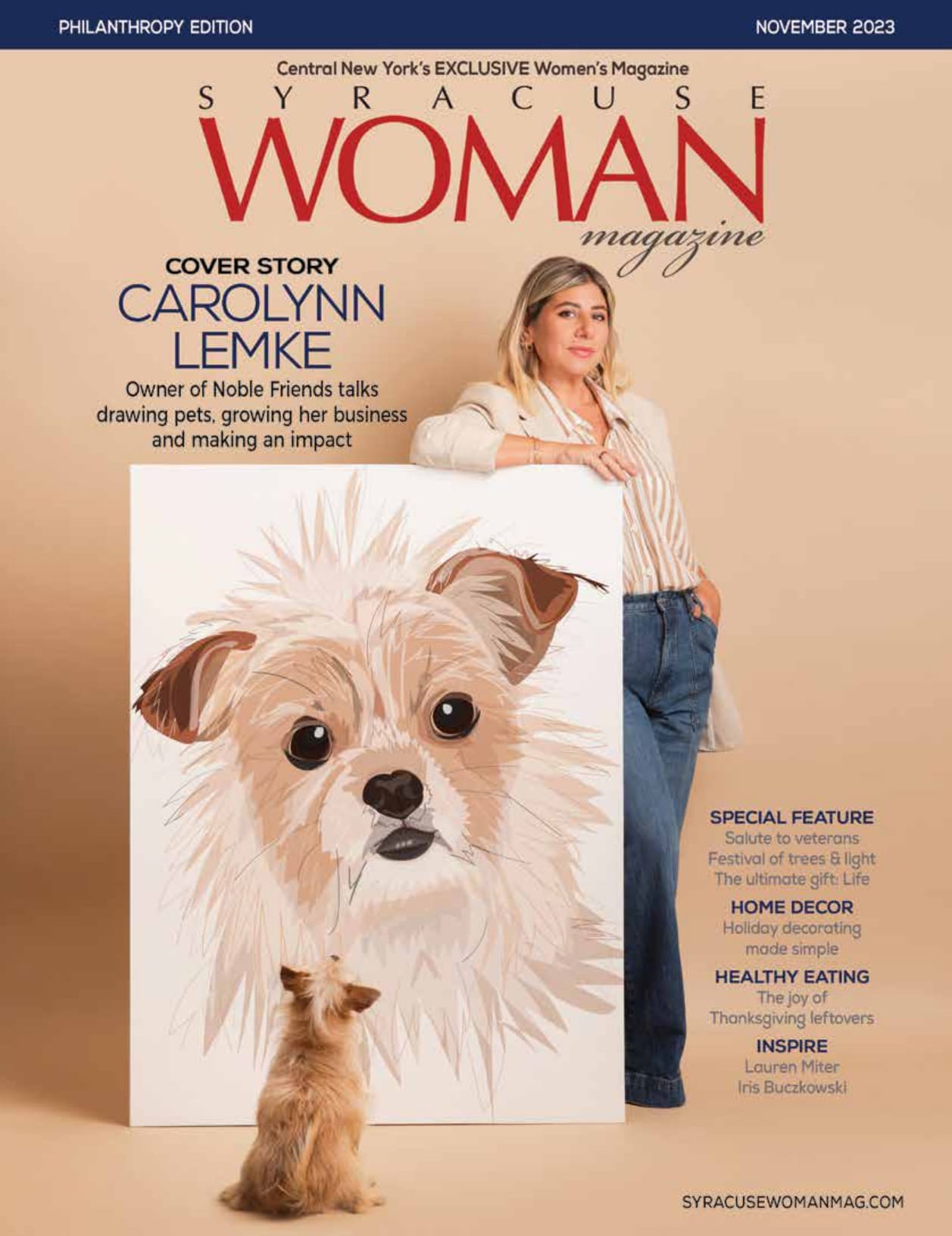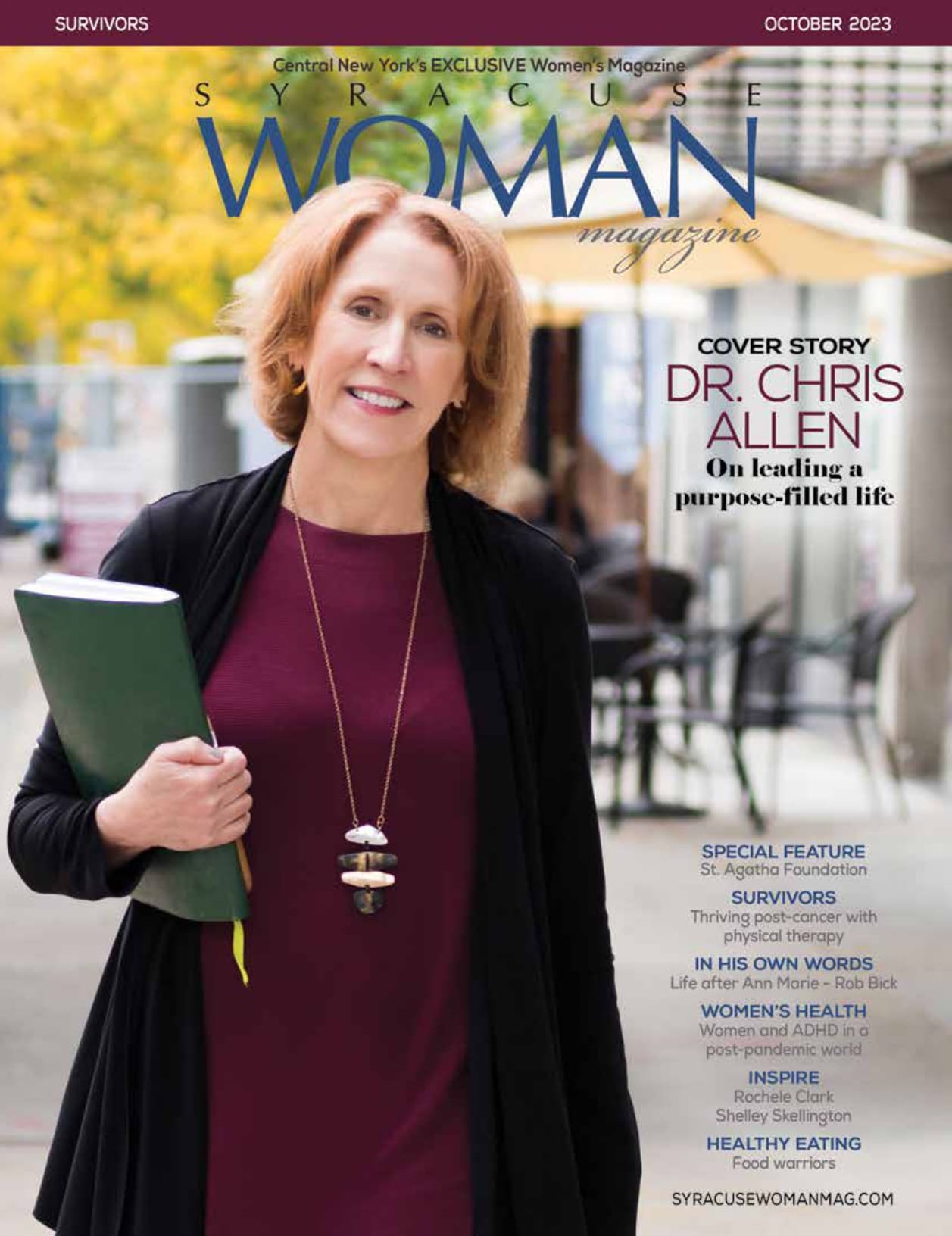By Lorna Oppedisano
When she was younger, Cathy James, chief executive officer of the Central New York Chapter of the Alzheimer’s Association, didn’t often hear the term Alzheimer’s. She does remember visiting a great aunt in a nursing home and, thinking back, she now realizes her relative was likely suffering from Alzheimer’s disease.
“But back in the ’70s, you didn’t really hear the term Alzheimer’s disease mentioned a whole lot,” she said. “It was ‘hardening of the arteries,’ ‘senility.’ You really only heard those terms mentioned.”
Since then to when Cathy joined the Alzheimer’s Association as a volunteer in the 1980s to her decades as a staff member, there have been a great number of advances in the field, from awareness of the disease and the association to emerging treatments that address symptoms of Alzheimer’s to further research to the national agenda put in place to address the disease.
“When I think of the milestones that I’ve been privileged to be a part of, either as a volunteer or as a staff member, I’m very proud,” Cathy said.
History of Caring
Originally from Massachusetts, Cathy attended the University of New Hampshire with the initial intent of studying occupational therapy. After realizing she enjoyed her psychology and sociology classes most, she consulted with her professors and decided to earn a degree in social work.
While in school, Cathy met her husband. Two years after completing college, they married and moved to Maine. It was there Cathy started her career in the healthcare field as an employee of the Sisters of Charity Health Systems. After working as a case manager for a year, she accepted the position to lead a small program for the healthcare system.
“It was a great opportunity for me to learn about grant management, how to write proposals, how to develop a budget,” she said, “and then the whole other component of running a program where you are actually hiring and coaching other staff. In the field of social work that I studied, these are not skills acquired in the classroom or internships.”
Cathy continued to advance in her career with the Sisters of Charity Health Systems, eventually gaining experience as the director of social services at a nursing home, where she learned the details of systems like Medicare, Medicaid and nursing regulations.
It was during this point in her journey Cathy began to learn more about Alzheimer’s disease. Some of the patients in the nursing home suffered from Alzheimer’s, so Cathy reached out to her local chapter to see how she could best assist her staff and their patients’ families.
“We have people who are trained to be support group facilitators,” the individual from the local chapter told Cathy. “That might be something you might want to be a part of.”
So, in the late ’80s, she became a volunteer for the Alzheimer’s Association in Maine and started a support group for families whose loved ones had the disease.
Cathy became familiar with two parts of the organization — care and support. Thinking back, Cathy remembers it wasn’t until she joined the organization decades later as a staff member that she learned more about the third piece — research.
Joining the Team
In 1995, Cathy and her family relocated to New York state, settling in the Finger Lakes region. Knowing she wanted to remain in the field of aging and senior services, Cathy began to explore job opportunities in the area. She found an opening at the Alzheimer Association’s Central New York Chapter for a staff member to oversee the adult day program. She applied and was hired.
“That was over 25 years ago now and I’ve been here ever since,” she said. “I’ve had many opportunities to learn from others in the field.”
In 2005, the chapter executive position became available.
“I thought long and hard about running the chapter. Is that something I felt like I would like to do or was ready to do?” she remembered asking herself.
She spoke with peers in other local nonprofit organizations for advice and eventually decided it was something she wanted to pursue. Cathy began the new role in 2006.
“I’ve seen a lot of change in the field of Alzheimer’s Disease during that time [since taking the leadership position],” she said. “Just the work of our chapter has expanded profoundly.”

Care and Support
The work of the Alzheimer’s Association incorporates care, support and research. That all begins with one number: (800) 272-3900.
“The foundation of our care and support really starts with our helpline,” Cathy explained. “People can reach us 24 hours a day, seven days a week.”
From there, the association offers a variety of helpful options, from care consultants to caregiver education and trainings of all sorts to support groups.
“Similar to the training that I went to [as a volunteer], we have trained facilitators — volunteers — across the United States who have training by the Alzheimer’s Association,” Cathy said. “They’re oftentimes people who have either been caregivers or are currently caregiving for someone with Alzheimer’s disease and have gone through the training and can provide peer support for individuals.”
Cathy explained the crucial role volunteers play in the work of the organization.
“I will never have enough staff to be able to meet the needs of 410,000 New Yorkers who are living with Alzheimer’s disease,” she said. “We barely reach the tip of the iceberg. It breaks my heart when I hear people who finally get to us say, ‘I wish I’d heard about you sooner.’”
Something Cathy is particularly proud of is the organization’s engagement with volunteers. While they have always utilized voluntary help, those individuals play a pivotal role in reaching the vision of a world without Alzheimer’s disease and other dementias, as well as achieving the association’s strategic goals, she said.
These connections to the general public through volunteers are especially important in underrepresented communities, she explained.
“We need individuals from underrepresented communities, such as communities of color, because they’re at a higher disproportionate risk of developing Alzheimer’s disease. So, having individuals who can speak to members of their community is very important in this cause,” Cathy said.
Along with 20 people on staff, Cathy and the organization work with between 130 and 150 volunteers at any given time, from board members to Walk to End Alzheimer’s committee members to program volunteers.
“Anyone interested in learning more about career opportunities or volunteer opportunities can go right to our website at alz.org,” Cathy said.
Research into the Future
Much of the local support for the Alzheimer’s Association, including funds raised from events and donor gifts, enables Alzheimer’s research, Cathy said.
Earlier this summer, Cathy attended the Alzheimer’s Association International Conference, along with 5,000 in-person attendees and another 5,000 online, at which 4,500 scientific sessions were presented, highlighting a myriad of research topics. Funds raised by the Alzheimer’s Association currently support 950 research projects on six continents in 48 countries.
“One of the things that is so inspiring for me is the number of young investigators who are new to the field,” she said. “It’s very exciting to see that there are young individuals who are getting into this field of Alzheimer’s and dementia research.”
As for Cathy’s own future with the organization, she is confident she will always play a part in the work, even after she eventually retires from her leadership position.
“In my heart, whether I’m a volunteer or a staff member, I want to be a part of this cause when we are able to have the first survivor of Alzheimer’s disease,” Cathy said. “And I really feel that it’s on the horizon.”

Want to get involved with the Central New York Chapter of the Alzheimer’s Association? Join the Walk to End Alzheimer’s on Sep 25, 2022, at the SRC Arena & Events Center on OCC Campus (4585 W Seneca Turnpike Syracuse, NY 13215). Visit alz.org/walk to learn more.






You must be logged in to post a comment.